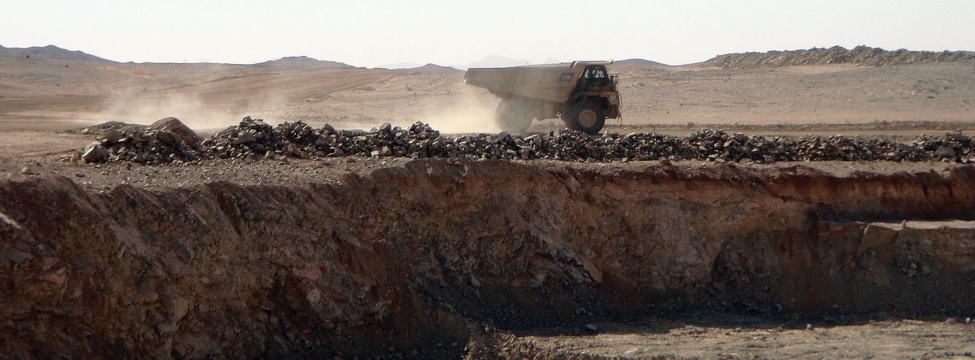To serve you better, our new website displays information specific to your location.
Please visit the site and bookmark it for future use.
Air quality
Air quality impacts traditionally receive less attention in Environmental Impact Assessment (EIA) studies since most mines are located in relatively sparsely populated areas. However, in more densely populated countries, an increasing number of mines are situated near residential areas, and most mines create residential development to support their economic activities. Therefore, assessing air quality impacts is under more scrutiny as regulators and the public question potential air quality impacts and mitigation measures during the project development phase.
Mines affect air quality by generating both gaseous emissions and particulate matter (PM). However, unless the site involves captive power generation or a smelter, gaseous pollutants are less likely to be of significance. In contrast, PM emissions from earth moving, material handling, and process activities are significant due to the large volumes of emissions they generate. Most PM emissions in the mining industry are fugitive emissions, i.e. they are not confined to a stack or vent. Fugitive emissions are harder to control since conventional control methods do not necessarily apply.
The first step in assessing air quality impacts is collecting representative and accurate baseline data. Since dispersion of air pollutants is mainly governed by meteorological conditions, it is important to establish a meteorological station on site to collect data of sufficient quantity and quality. One of the pitfalls is using meteorological data from existing stations nearby. While these data sources are convenient, they may not be representative or adequate for the project’s purposes. Wind is one of the most critical parameter in estimating air quality impacts. A 5° error in wind direction can cause more than 100% error in the results. Wind can vary significantly over short distances due to changing topography. Therefore, representativeness of the existing meteorological stations should be assessed before using them. Often, existing meteorological data will need to be augmented with on-site meteorological data to improve accuracy. The minimum requirement for an on-site meteorological monitoring program is one-year of hourly meteorological data with 90% data recovery. Since time is of essence, try to establish a reliable, high-quality program with reliable monitoring equipment, regardless of cost. A baseline PM monitoring program is also needed to measure different PM size classifications and the heavy metal content.
The second important parameter is projected PM emission rates. Estimating the fugitive PM emission rates accurately may be difficult since they are highly variable due to meteorological conditions and mining activity rates. The emission factors used rely mostly on empirical relations based on activity types and rates, climatological factors, and material conditions. Several agencies and organisations, such as USEPA, European Union etc., have developed emission factors that can be used to develop mine site-wide emission inventories for use in air quality impact assessment.
Atmospheric dispersion models bring different factors together to estimate the ambient air quality impacts. Models available today from USEPA, Australia, and Germany can handle complex terrain conditions and are based on advanced atmospheric boundary layer turbulence and scaling concepts to improve accuracy of the dispersion estimates. While even the best air quality dispersion modelling studies involve uncertainties, they can be invaluable tools in the EIA studies and mine planning. The uncertainties in the study can be improved using accurate and representative input data which can be collected through site specific studies.
Bora Arpacioglu: barpacioglu@srkturkiye.com
|
You can download a PDF of the entire |
PDF A4
|
PDF Letter
|
|
|
|
Our newsletters focus on specific areas of interest to earth resource professionals and clients. Each is available as an Adobe Acrobat PDF file. If you don't already have Adobe's PDF reader, you can download it free.


